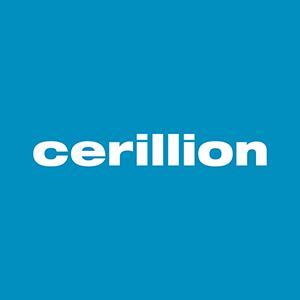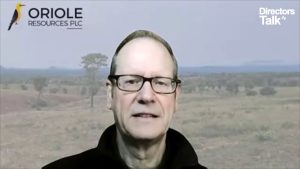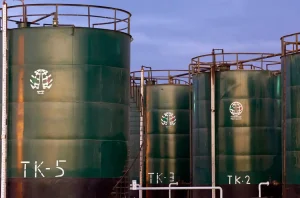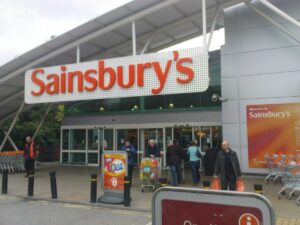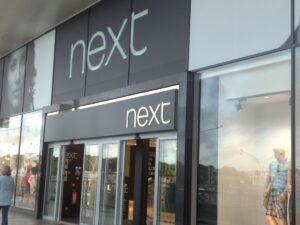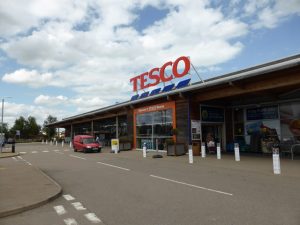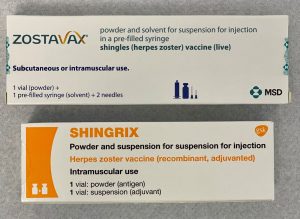Last month in Copenhagen the usual buzz of TM Forum’s DTW Ignite conference took on a distinctly strategic edge, as industry leaders and innovators gathered not merely to discuss the next big idea but to demonstrate how telecommunications is moving from monolithic systems to a modular future.
At the heart of the conversations this year was composability, the breaking down of traditional BSS/OSS platforms into interchangeable, standards-based building blocks that can be assembled on demand. What might once have sounded like an abstract architectural ambition was suddenly tangible through live demonstrations and real-world pilots, casting a new light on where telco software is headed and what it means for investors eyeing long-term structural change.
In the opening keynote, Cerillion’s close collaboration with TM Forum’s Open Digital Architecture (ODA) Component Conformance programme took centre stage. Having joined the early access cohort, Cerillion helped to refine the validation tools that will underpin ODA certification, a critical step in de-risking the path to modular modernisation. For investors this reflects a broader shift: network operators and vendors alike are beginning to seek out partners who can guarantee compliance with emerging standards, reducing integration headaches and accelerating time to market.
Walking the showfloor, it was impossible to miss how generative AI is being woven into the fabric of composable architectures. One Catalyst project showcased an AI-powered legacy modernisation engine that extracts deep business logic from ageing systems and repackages it into cloud-native microservices aligned with ODA principles. This approach offers the promise of slashing months of manual rework into an automated pipeline, a proposition that, if scalable, could unlock substantial operating leverage across providers grappling with decades of technical debt.
A second demonstration, labelled Digital Twin Acceleration, pointed to the next frontier: rather than engineers painstakingly mapping reference frameworks into enterprise tools, APIs and AI work in concert to import and update ODA components automatically into management platforms. Such automation not only cuts integration costs but also ensures that platform roadmaps stay in step with evolving standards, a potent competitive advantage in an industry where regulatory and technical change can arrive with little warning.
Perhaps most revealing was the AI-powered ODA in a Box for B2B2X showcase. Here, pre-packaged modules from different vendors were snapped together to deliver a fully functioning service stack, complete with analytics, policy controls and self-service portals. Spotting genuine end-to-end use cases running live on the stand made clear that composability is not simply about internal IT agility but about unleashing new commercial models. Operators looking to partner with enterprise customers can now assemble bespoke B2B2X offerings in days rather than quarters, shifting the revenue curve in their favour.
Cerillion’s own participation in the UNITe Catalyst – Unified Network Integration for Terrestrial and Non-Terrestrial Communications, illustrated how composable BSS/OSS can bridge the terrestrial-satellite divide for mobile IoT. In regions where cable and cellular networks fall short, satellite links fill the gap, and an AI-driven orchestration layer predicts link disruptions, optimises routing and safeguards high-value shipments. For investors, this hybrid infrastructure use case highlights adjacent markets where telcos can monetise connectivity beyond conventional voice and data plans, tapping into logistics, agriculture and remote monitoring.
Collaboration was at the core of every Catalyst. With partners ranging from Airbus to Deutsche Telekom working alongside Cerillion, the project earned a Moonshot Catalyst Award nomination – underscoring the growing market recognition that modular, standards-based solutions deliver both flexibility and resilience. Such industry-wide validation bodes well for vendors positioned to offer composable products and services, suggesting a widening market opportunity as carriers move steadily towards ODA compliance.
Stepping back from the demos, the real takeaway from DTW Ignite 2025 was that composability and AI are converging to reshape telco business models. What was once a tentative exploration of microservices has become a coordinated push towards dynamic, on-demand platforms capable of responding to new use cases at internet speed. For investors, the signal is clear: companies that can deliver certified, interoperable modules, and the AI tooling to orchestrate them, stand to capture outsized value in a market transitioning away from rigid legacy stacks.
In pragmatic terms, Cerillion exemplifies this shift. By embedding its convergent billing, charging and CRM capabilities into a composable framework, the company is not only updating its own offerings but also helping operators to chart a cost-effective path through digital transformation. As network ecosystems grow in complexity, the ability to snap together best-in-class modules and bring services to market rapidly will become a defining measure of competitive strength.
Cerillion plc (LON:CER) is a leading provider of billing, charging and customer management systems with more than 20 years’ experience delivering its solutions across a broad range of industries including the telecommunications, finance, utilities and transportation sectors.


